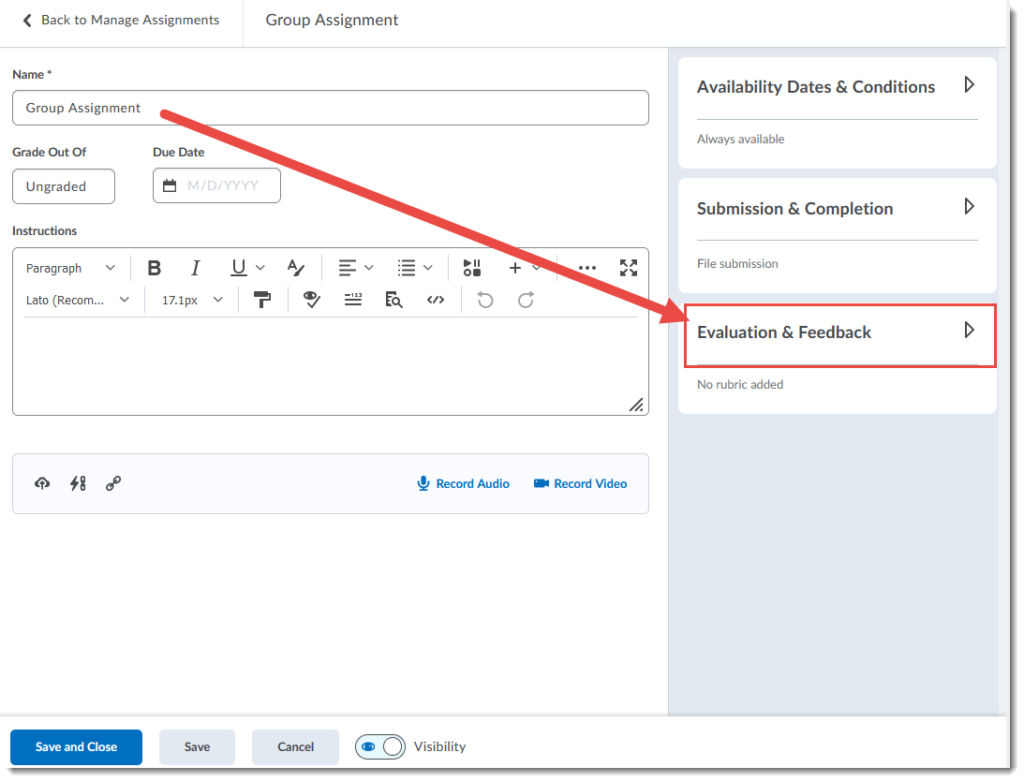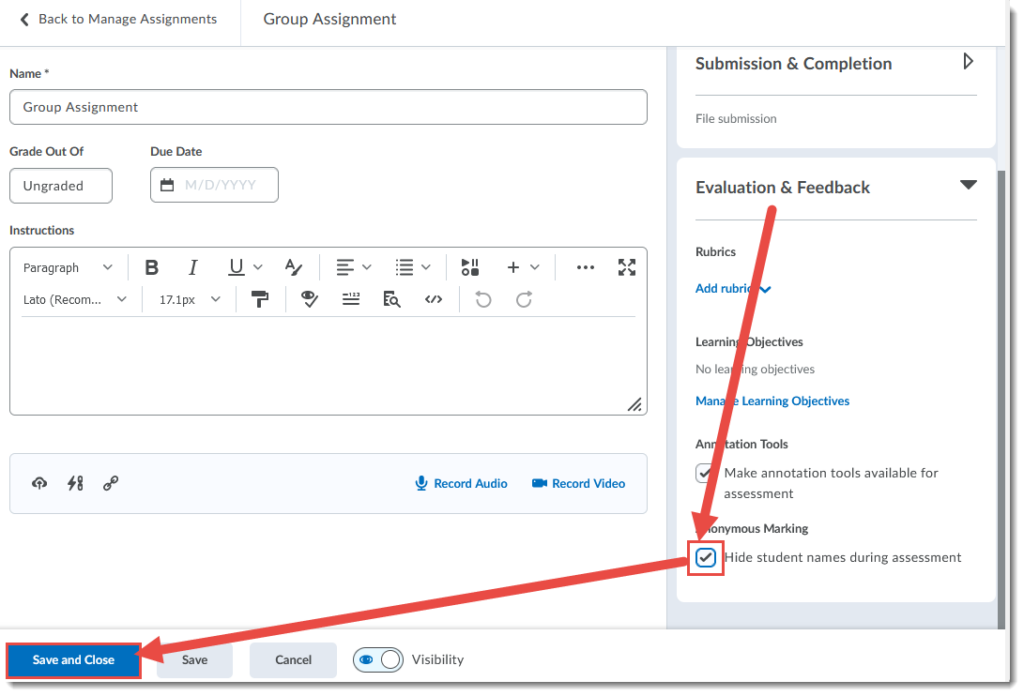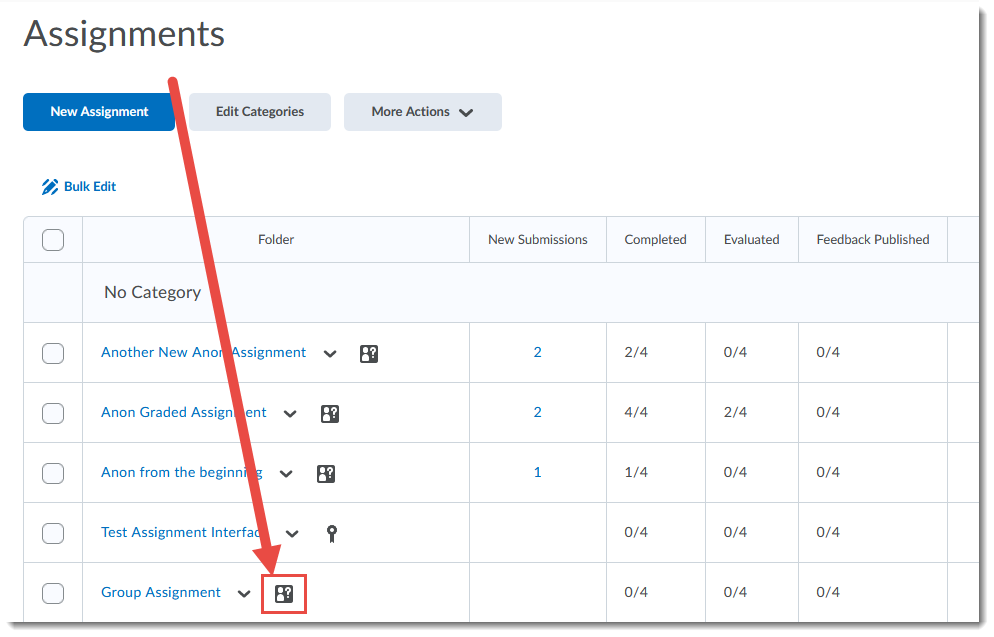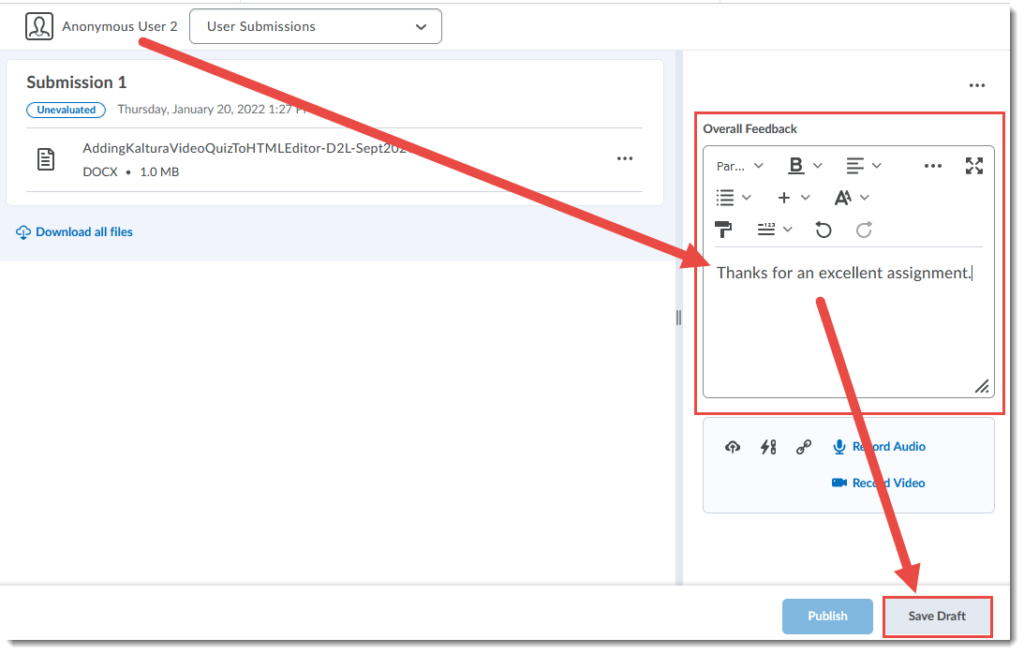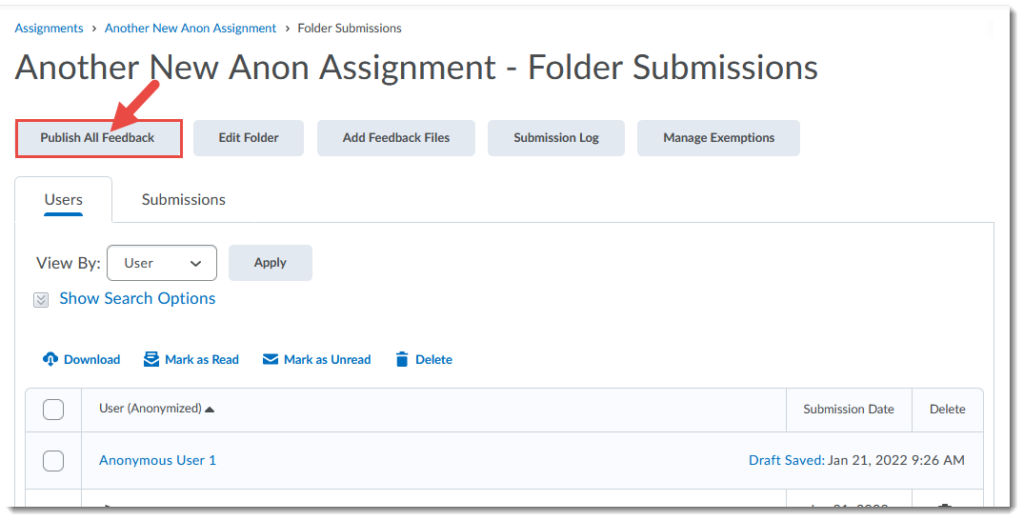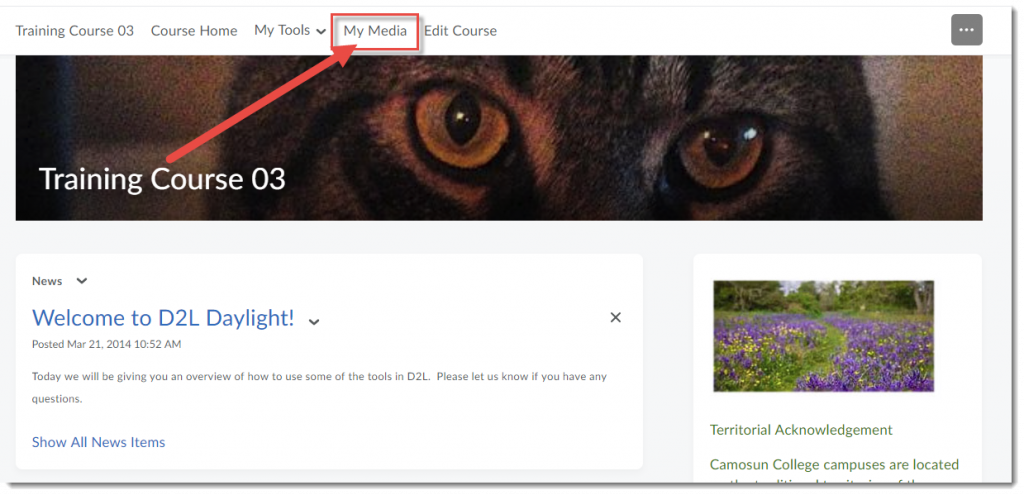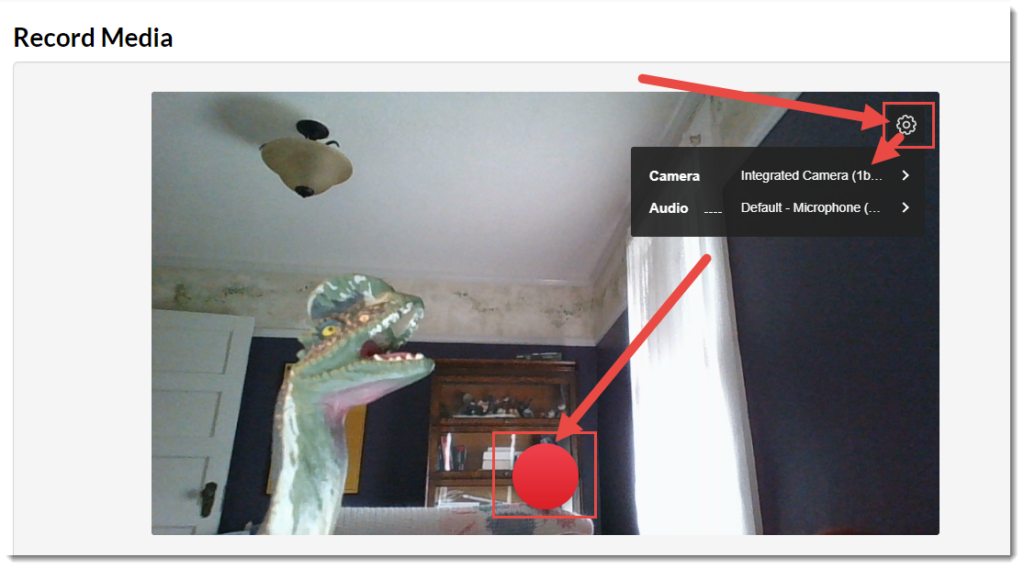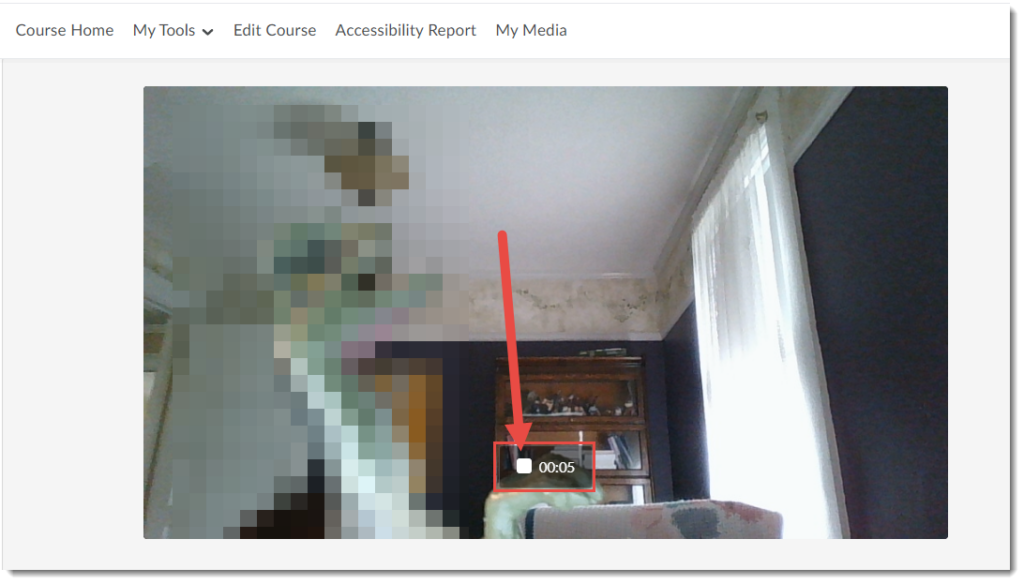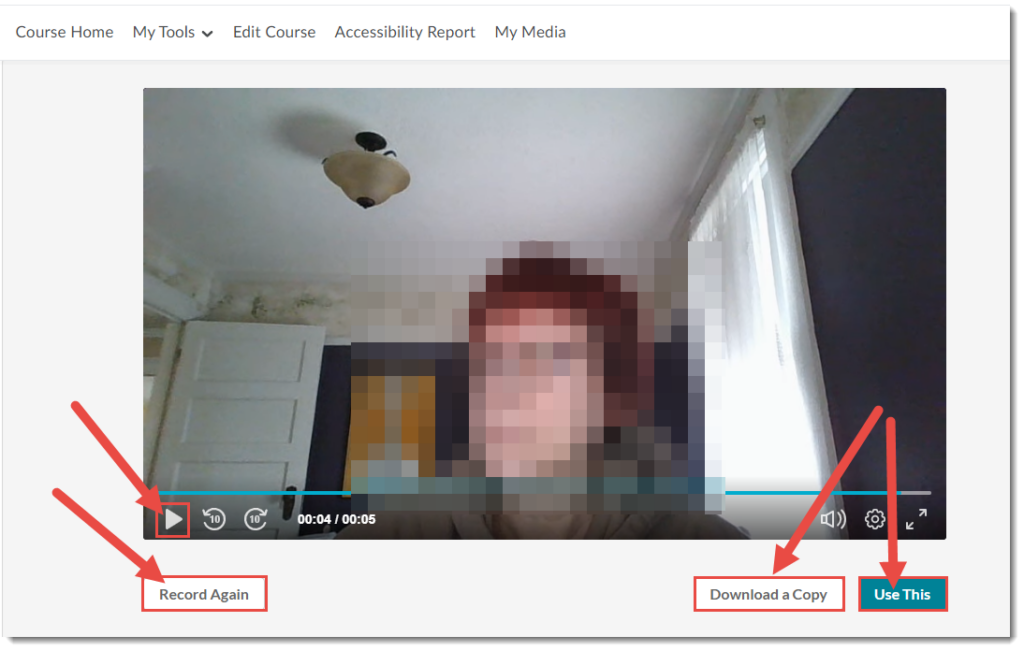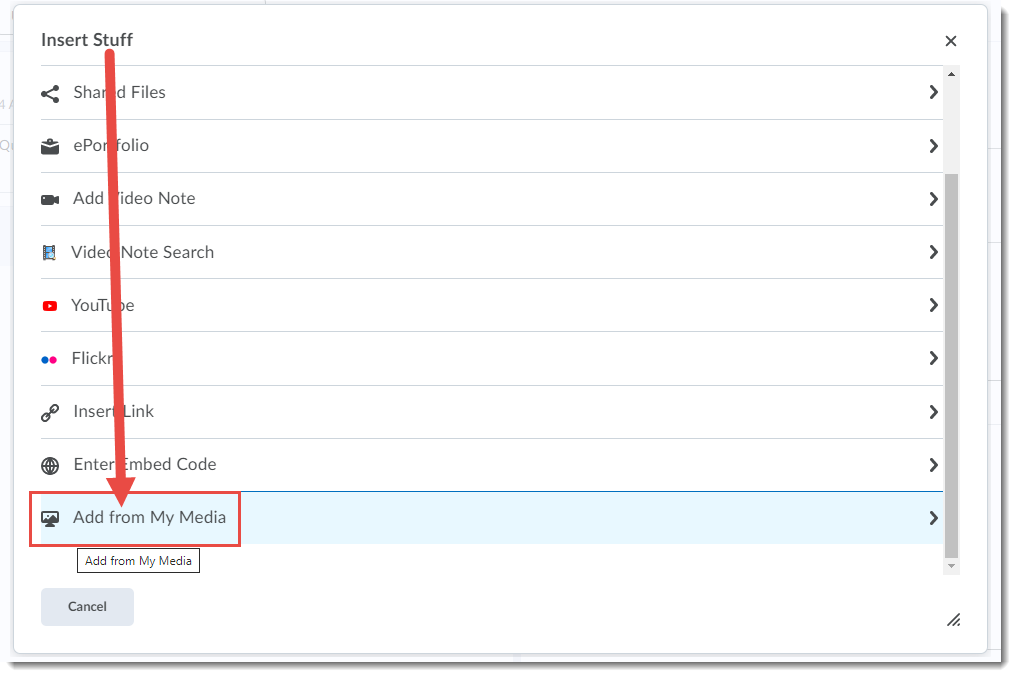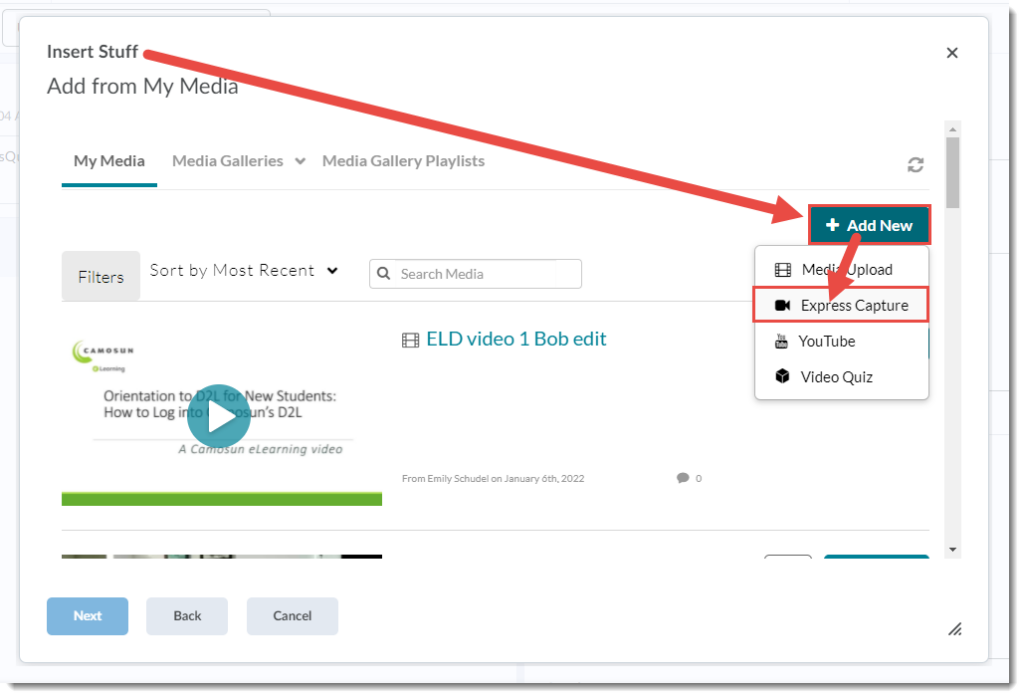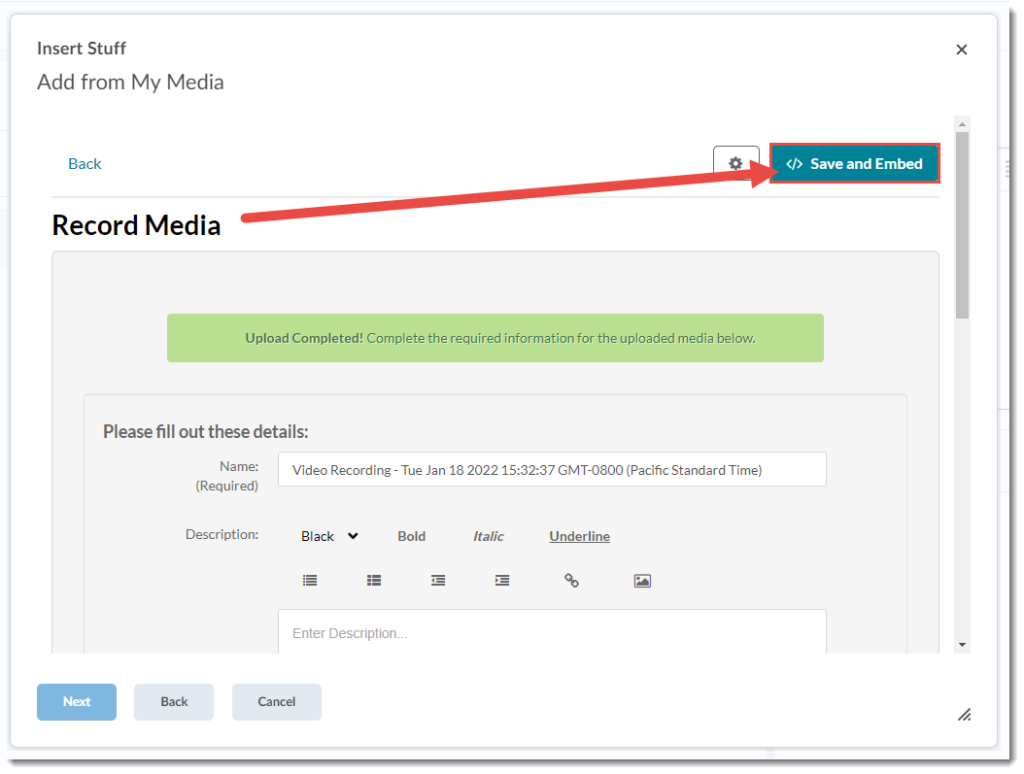In this bulletin from the Centre for Excellence in Teaching and Learning you will find articles, links, and learning opportunities that may be of interest to you. For general information please contact CETL . For information specifically about online teaching, contact eLearning. Note that registration links are for Camosun faculty and staff only.
What’s the number one message we’ve heard from instructor conversations this fall? They’ve continued to use and build on their online experience as they returned to the in-person classroom and would like to keep developing more of these online resources and skills. Three words capture some key messages: DIVERSITY, COMPLEXITY, and FLEXIBILITY. What else did they have to say? Read more…
Camosun Communities of Practice (ONLINE)
Start the new year off by joining one of Camosun’s peer-led communities.
Feel free to drop-in, or contact Martha McAlister to get on a distribution list.
Teaching and Learning CoP Next: February 3, 3-4pm
This is a time to meet as an inter-disciplinary group of faculty with common challenges and passions for teaching and learning. We can learn so much from each other! Come and share ideas and inspiration around effective classroom strategies, assessment, marking, rubrics, engaged learning, supporting students with different learning needs, and any other topics that arise through collegial conversation.
Indigenous Education CoP Next: February 3, 9-10:30am
For any Camosun employee interested in Indigenization including (but not restricted to) those who have completed TELTIN TTE WILNEW. You may be seeking greater understanding, maintaining momentum, looking to spark some ideas, or simply to enjoy the connection, inspiration, teaching, and learning that happens in circle. Join us as we explore current issues, through discussing articles, documentaries, or a situation that arose recently in your work.
Accessible Education CoP Next: January 18, 12-1pm
Join us to talk about practical approaches for increasing our collective capacity to deliver accessible learning opportunities for persons with disabilities. We explore the intersectionality of accommodations, accessibility and Universal Design for Learning (UDL) in post-secondary education. We seek to enhance the experience of all students by identifying and learning more about where accessibility-related barriers occur in our teaching and learning practices, and sharing ideas and expertise for removing barriers to learning.
Mindfulness in Education CoP Next: January 11, 9-9:30am
Take a break, for guided meditation in a collegial environment. During this stressful time of uncertainty, it seems more important than ever to stay connected in community, and practice our mindfulness.
Chair Share CoP Next: January 7, 8:30-9:30am.
All chairs and program leaders are welcome! Feeling isolated in your role? You are not alone! Meet with other chairs and program leaders from across the college to discuss whatever is on your mind. Topics are emergent, so come with your ideas and leave feeling more energized and connected.
As you prepare for your 2022 Winter courses, eLearning has a few updates:
- Kaltura Express Capture has been enabled in D2L. Express Capture allows you to make short video recordings on the fly, automatically uploading them to your My Media area. Just go to your My Media area, click the Add New button, and select Express Capture. If you are using a phone or tablet, you can choose between front or back camera. Perfect for those quick intro videos, skills videos, audio assignments, or feedback videos.
- Changes to the Assignment tool. Anonymous marking has now been enabled to help reduce marker bias during the assessment process. The transition to the new assignment create/edit interface is also now complete so the old interface is no longer accessible.
- A reminder that with the new D2L/Colleague integration, a D2L course site is generated for all course sections automatically. If you do not want a D2L course site to support your course, please contact eLearning to have the site removed.
- Do you need eLearning support? Submit a ticket request through eLearning’s new Ticketing Portal. Using portal will help us respond to your needs in a more timely and efficient way.
- Visit the eLearning Tutorial website for self-serve support and the eLearning blog for a look at what’s new in eLearning.
CETL Learning Opportunities
Faculty Book Club February 1, 8, 15, 3:30-4:30pm ONLINE REGISTER HERE
Pulling Together: Indigenization Guide for Teachers (study group) HYBRID DELIVERY REGISTER HERE
- Join us for a series of guided conversations on the Indigenization of teaching and learning at Camosun College. February 2-March 30, every second Wednesday, 9-11am.
Copyright Q&A February 8, 11am-12pm ONLINE REGISTER HERE
- Course packs are due on March 15th for the spring/summer term. Now is a great time to get your questions answered about copyright, fair dealing, and using copyrighted materials in your class.
Instructional Skills Workshop May 2-5, IN-PERSON, Lansdowne Campus REGISTER HERE
- The 3½ day peer-based workshop is an excellent opportunity to learn in a fun, safe environment with colleagues from across the college, and improve your teaching practice. (More info)
Great Teachers Seminar May 9-12, IN-PERSON, Honeymoon Bay Retreat Centre REGISTER HERE
- Venture beyond the limits of your usual environment and deepen your connection with colleagues. Engage in a learning process of shared information and experiences, self-reflection, and action planning. Explore a variety of teaching strategies, innovations, instructional challenges and solutions. (More info)
FLO Blended Learning May 16-June 3, ONLINE AND IN-PERSON at both campuses REGISTER HERE
- Learn research-based concepts, principles, and strategies that will make facilitating a course with both online and face-to-face components effective and engaging. This course will help you create seamless lesson plans that utilize the most applicable elements of both the online and face-to-face environments.
Stay tuned! Registration will open mid-winter for the following spring offerings:
With Scheduled Development Intents due on February 1st, now is a good time to start planning what you want to do with your time. In addition to the offerings above, below are some other spring CETL offerings planned:
(NOTE: For planning purposes, faculty can assume most of these workshops will be one to 1.5 hours)
|
Beginner
|
Intermediate
|
Advanced
|
|
D2L
|
|
Getting started with D2L to support face-to-face classes
|
Setting up your gradebook
|
Working with master courses
|
|
Quizzes in D2L
|
Advanced quizzing
|
|
Getting started with D2L to support your blended and online classes
|
Use D2L to create and deliver great assignments
Part 1: Designing effective assignments
Part 2: Creating, grading and providing feedback in D2L
|
Streamline the marking process using rubrics and other feedback Tools
Part 1: Intro to feedback and rubrics
Part 2: Creating and using rubrics in D2L
|
|
|
Creating Discussions
|
Advanced content creation using templates and accessible design
|
|
Content Management in D2L
|
Spring Cleaning
|
|
|
Accessibility
|
|
Text-to-Speech support for students: An orientation to the ReadSpeaker tools in Your D2L course
|
Introduction to the ALLY tool in D2L
|
Using the accessibility reports in D2L: What do I need to do?
|
|
Creating accessible content for your online classroom: 7 things you can do right now!
|
|
Using student stories and Universal Design for Learning (UDL) to design for accessibility
|
|
Collaborate
|
|
Introduction to Blackboard Collaborate Ultra
|
Supported practice sessions: On-demand small group sessions on practice or groups
|
|
|
Kaltura
|
|
Enhancing your courses with video (Kaltura intro)
|
Going deeper with videos and Kaltura
|
Creating great accessible Kaltura capture videos
|
|
Open Education/Open Educational Resources (OER)
|
|
Intro to Open Ed and OER
|
Introduction to H5P
|
Introduction to open pedagogy
|
|
Intro to Creative Commons
|
Intro to Open ETC’s WordPress
|
Redesigning your course to be more open
|
|
Introduction to common open tools and resources
|
|
|
|
Assessment
|
|
Aligning assessment with outcomes
|
Feedback and formative assessment
|
Alternative assessment
|
|
Deterring Plagiarism
|
Self and peer assessment
|
|
|
|
Online tools to design and manage assessments
|
|
|
Other
|
|
|
New student onboarding: A faculty perspective
|
|
|
|
Check out CETL’s new website!
We hope our new look will help you more easily find what you need including:
Library workshops especially for faculty in January
Faculty Library Research Refresher—Online, Wednesday, January 5th, 12:00pm to 12:45pm
For new or returning faculty, join this online session to see a demo of the Camosun library’s main search tool, Single Search, and the variety of online resources available. We will take a look at the range of available databases, and show you how to find resource citations. This session will be of interest to instructors who want to integrate library research and resources into their assignments or D2L course.
Faculty APA refresher—Online, Thursday, January 6th, 12:00pm to 12:45pm
Needing an APA Refresher before you dive into the semester? This 45 minute session for faculty will provide an overview of APA Style 7th edition and the library resources available to help you guide your students to the appropriate library resources and supports. Bring your questions if you have them!
Academic integrity for faculty: Promoting library resources to your students—Online, Friday, January 7th 12:00pm to 12:30pm
Want to promote academic integrity in the classroom and wonder where to start? This short session for faculty provides an overview of available library resources to help you support, encourage and guide your students in their understanding and practice of academic integrity. By using library research guides, citation guides, videos, tutorials and librarian support, students will feel more confident to complete their assignments with integrity.
Have questions or would like to set-up a one-on-one session with a librarian? Please don’t hesitate to contact me or your subject liaison librarian.
Healthy Together!
CAL faculty support
Office of Student Support
Library workshops
OPD

